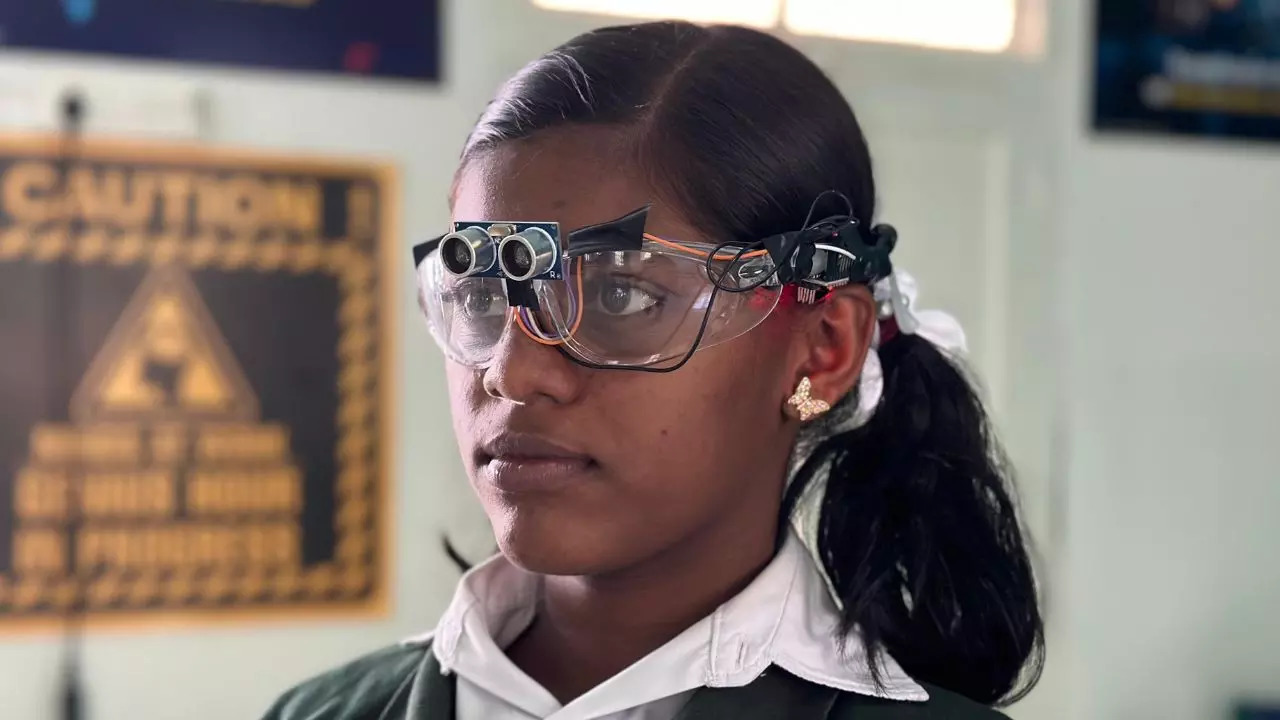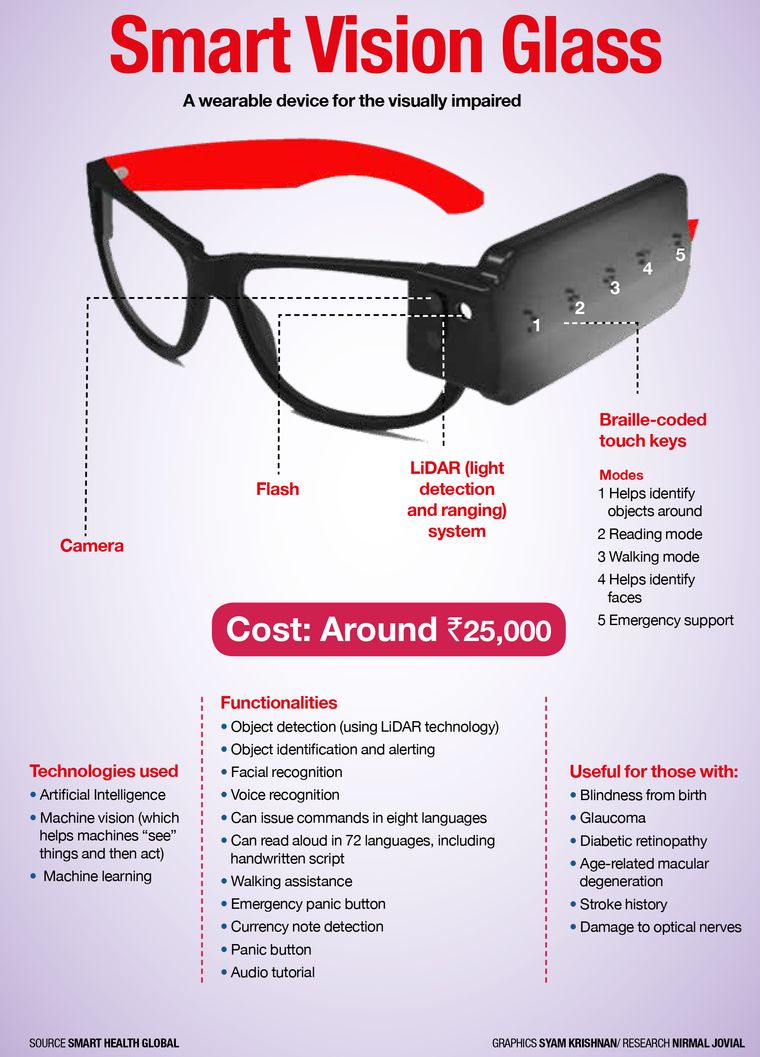Wearable Technology for Low Vision: Transforming How We Navigate the World
Innovative Solutions in Assistive Technology for Visual Disability
The landscape of assistive innovation for aesthetic impairment is progressing quickly, providing a range of innovative solutions that boost availability and independence. From advanced smart device applications that help with navigation to wearable tools made for real-time assistance, these tools are reshaping the experiences of those with visual problems.
Advancements in Smartphone Applications
In recent years, advancements in mobile phone applications have dramatically changed the landscape of assistive innovation for people with aesthetic disabilities. These applications leverage the effective sensors and capacities of modern mobile phones to provide users with tools that boost freedom and ease of access in their day-to-days live.
Notable among these advancements are applications developed for object acknowledgment, which utilize the smartphone's camera to identify things and offer verbal summaries. Such features equip individuals to navigate their atmospheres much more successfully, whether determining products in stores or locating individual valuables in the house. Additionally, text-to-speech applications have improved substantially, enabling users to capture printed text via their tool's electronic camera and receive immediate sound responses, thus promoting reading and comprehension.
Community-driven applications have actually fostered social communication and source sharing among people with aesthetic problems, producing a helpful network that improves their top quality of life. Generally, smart device applications have become vital allies in promoting autonomy and access for individuals with aesthetic disabilities.
Wearable Devices for Navigation
Wearable devices for navigating have actually become a groundbreaking remedy for people with aesthetic problems, offering hands-free aid that enhances flexibility and positioning. These devices commonly utilize sophisticated technologies, consisting of GPS, ultrasonic sensing units, and artificial knowledge, to give real-time comments and instructions to customers as they browse their atmosphere.
One notable instance of wearable navigation modern technology is wise glasses, which can detect challenges and relay auditory or haptic comments to the user, permitting for risk-free and effective motion in various setups. Various other tools, such as vests and belts outfitted with sensing units, can in a similar way inform individuals of their surroundings by supplying alerts concerning nearby items or modifications in terrain.
Additionally, numerous wearable devices integrate with smartphone applications, making it possible for individuals to customize their navigating preferences and get customized route ideas. This personalization can substantially improve the user experience, equipping people to travel with greater confidence and freedom.
As modern technology remains to establish, the capacity for wearable navigating gadgets to enhance the lifestyle for people with aesthetic disabilities continues to be significant, leading the way for more accessible and comprehensive environments.
Smart Home Technology Integration

Additionally, wise home appliances furnished with tactile interfaces or auditory feedback give intuitive interactions that provide specifically to the needs of those with aesthetic problems. Wise refrigerators can announce their materials and expiry dates, while wise ovens can assist individuals through the cooking procedure with audio guidelines.
Home automation systems, such as clever buzzers and safety video cameras, offer comfort by permitting individuals to obtain informs and accessibility live feeds via their mobile phones, boosting personal security (AI-powered visual aids). Additionally, integration with tablet computers and smart devices makes sure that individuals can handle their home setting from anywhere within their facilities
As smart home modern technology proceeds to progress, it holds the possible to change the living experiences of people with visual impairments, promoting freedom and enhancing quality of life in a significantly connected world.

Educational Devices and Resources
Accessibility to efficient academic devices and sources is important for people with aesthetic impairments, as it equips them to engage totally in their learning experiences. Different assistive modern technologies have actually been created to boost ease of access and foster independent discovering. Display visitors, for example, convert message into speech, permitting pupils to access electronic material effortlessly. AI-powered visual aids. In addition, refreshable braille displays supply tactile responses, making it less complicated for learners to connect with composed material.
In addition, academic software application specifically made for aesthetically impaired individuals uses attributes such as high-contrast modes and customizable message dimensions. These tools fit varied knowing designs and guarantee that trainees can tailor their instructional experience to their why not try these out needs.
Moreover, accessibility to digital libraries and audio publications increases the array of offered understanding materials, making it possible for trainees to discover topics comprehensive without the constraints enforced by standard print resources. Collaborative platforms that integrate accessibility features also assist in team projects, ensuring that aesthetically impaired trainees can contribute meaningfully together with their peers.
Community Support and Engagement
A durable network of community assistance and involvement is important for individuals why become an optometrist with aesthetic impairments, cultivating a comprehensive environment where they can thrive. Area organizations, regional campaigning for teams, and volunteers play a crucial function in giving sources, information, and companionship, which are crucial for boosting the top quality of life for those impacted by visual disabilities.
Engagement activities such as workshops, gatherings, and assistance groups not just facilitate ability advancement however also promote social communication, reducing feelings of seclusion. These campaigns encourage people to share successes, obstacles, and experiences, therefore strengthening area bonds. In addition, collaborations with local businesses can result in greater availability in public rooms, better integrating individuals with visual disabilities into the area.
Modern technology likewise enhances area engagement with on-line systems that use online support system and sources, enabling individuals to attach no matter geographical barriers. By utilizing both in-person and electronic services, communities can develop a comprehensive assistance network. Inevitably, fostering collaboration among numerous stakeholders-- consisting of households, instructors, and healthcare specialists-- makes sure that individuals with aesthetic disabilities obtain the alternative support needed to browse every day life efficiently and with self-respect.
Verdict
Innovative services in assistive technology for visual disability considerably improve the lifestyle for people dealing with these difficulties. The integration of smart device applications, wearable tools, wise home innovation, and educational devices fosters higher independence and accessibility. Area assistance and engagement additional encourage aesthetically impaired people, advertising inclusivity and involvement in different elements of life. Jointly, these developments not he said only change daily experiences yet also lead the way for an extra fair culture.
The landscape of assistive technology for visual impairment is developing quickly, presenting a range of cutting-edge remedies that boost ease of access and freedom. Community-driven applications have promoted social interaction and resource sharing among individuals with aesthetic impairments, producing a supportive network that improves their top quality of life. On the whole, smartphone applications have actually ended up being crucial allies in advertising autonomy and accessibility for people with aesthetic disabilities.
Many individuals with aesthetic impairments are discovering higher freedom via the combination of clever home modern technology.Innovative remedies in assistive modern technology for aesthetic problems considerably improve the top quality of life for people dealing with these obstacles.